Saving Lives: My First Day in the Cath Lab Handling Coarctation of the Aorta - A Special Invitation by the Consultant
Ever wondered what stepping into the world of interventional cardiology feels like as a medical student? Its gonna be a long ready as I'll be sharing my thrilling first day in the cath lab where I tackled a complex case of coarctation of the aorta under the special invitation from a leading consultant

I’m currently doing my cardiology electives at NICVD. Today was my second day. On my first day, I was standing at the bedside when the consultant made his rounds. He stopped at a very interesting case of coarctation of the aorta. He asked various PGs and HOs about it, but none of them had the right answers. Since I’m deeply interested in cardiology and have done extensive research in this field, I confidently stepped up.
When the consultant questioned if any of us students knew about coarctation of the aorta, I volunteered. He was impressed by my knowledge and understanding of the condition. He then moved me to the front, right beside the patient, and had me perform different maneuvers. The consultant asked me several questions, all of which I could answer, earning his praise. This boosted my confidence tremendously.
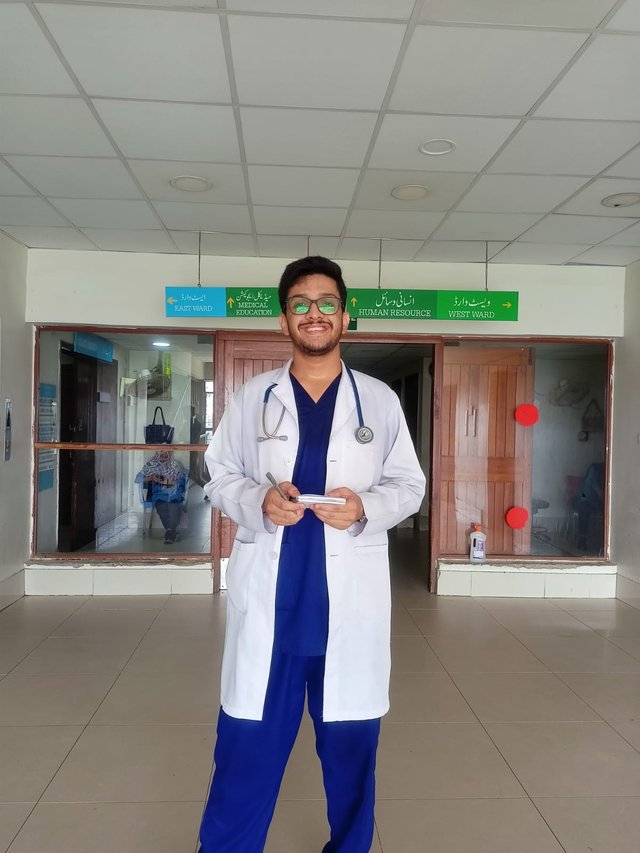
The consultant informed everyone that NICVD is the only place in Karachi where coarctation of the aorta treatment is performed, and he is one of the few specialists handling such cases. In front of all the seniors and other students, he invited me to the cath lab for an intervention procedure on Thursday. He promised to personally teach me, seeing potential in me as a future interventional cardiologist. He also recommended some specialized cardiology books to enhance my understanding.
Let me tell you about the National Institute of Cardiovascular Diseases (NICVD) in Karachi. It's an absolute game-changer for heart patients, not just in Pakistan but across South Asia. NICVD offers everything—from check-ups and diagnostics to advanced surgeries and rehab. They’re all about making heart treatment accessible to everyone. Plus they are leading the way in researches and also spreading the word on heart health through various community programs and meetings. NICVD is more than just a hospital it's a lifeline for countless people snd their dedication to saving lives is truly inspiring.
So today marked the second day of my elective, I arrived at NICVD at 8:30 a.m. The intervention was scheduled for 11:00 a.m., so I spent the morning taking patient histories, including cases of heart failure and infective endocarditis. I was eagerly anticipating the cath lab visit.
At 11:00 a.m., I headed to the cath lab but found out that the procedure was delayed by half an hour due to the patient's instability. Nonetheless, I patiently waited.
So before telling you about the today’s event, first have a brief understanding of the coarctation of Aorta
 |  source source |
|---|---|
| source |
Before diving into coarctation of the aorta, let's first understand the aorta itself. So the aorta is the largest artery in the human body, carrying 100% oxygenated blood from the heart to the rest of the body . As blood leaves the heart through the aorta it branches into many smaller arteries that supply blood and oxygen to various organs and tissues to life.
Coarctation of the aorta is a congenital condition or sometimes acquired, where a portion of the aorta is narrower than usual, thus restricting blood flow. This causes high blood pressure in the upper body and arms and the neck and head while reducing blood flow to the lower body and legs. It's a very serious and urgent condition as a rupture of the aorta can lead to massive hemorrhage in the thoracic cavity or abdomen and sudden death.
There are two types of coarctation; preductal (infantile type) and postductal (adult type). In the infantile type the patent ductus arteriosus maintains blood flow to the lower body, but this blood is deoxygenated or very less oxygenated, leading to inadequate oxygen supply to the legs and often cyanosis in the lower limbs. In the adult type, the coarctation occurs after the ductus arteriosus, resulting in poor blood supply to the lower limbs making them prone to ischemia. This type of coarctation entirely depends on the collaterals
Symptoms vary based on the extent of narrowing and include high blood pressure in the arms, headaches, dizziness, fainting, muscle weakness, leg pain after exercise, cold feet or legs, heart murmurs and abnormal heart sounds called murmurs. The high blood pressure in the upper body can also lead to strokes, which is an emergent condition requiring immediate surgery .Diagnosis is made through physical exams, echocardiograms, chest X-rays, MRIs, CT scans, and cardiac catheterization.
Treatment options include medications to control blood pressure within the tolerable limit, or a surgical repair (resection with end-to-end anastomosis and bypass graft repair) and less invasive and modern procedures like balloon angioplasty and stenting, where a balloon widens the narrowed section and a stent keeps it open.
Continuing my Story:
So Today's procedure involved the balloon angioplasty and stenting intervention. As soon as I saw the patient arrive in the cath lab, I quickly scrubbed in and got ready so that I don’t miss the show. I was very excited for the procedure but when the patient entered the room where the intervention was to take place, I was just about to enter, but I was stopped. They told me only the surgeons are allowed to enter that area and also I didn’t have a lead apron to protect against radiation nor did I have a net cap to wear. They told me that the room is filled with high levels of radiation which can be extremely hazardous so I wasn’t allowed in.
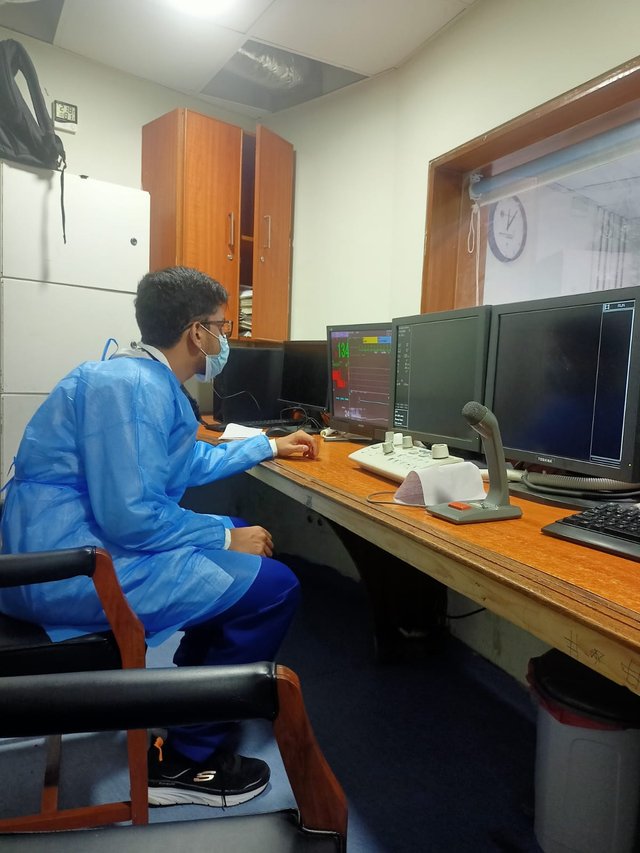 | 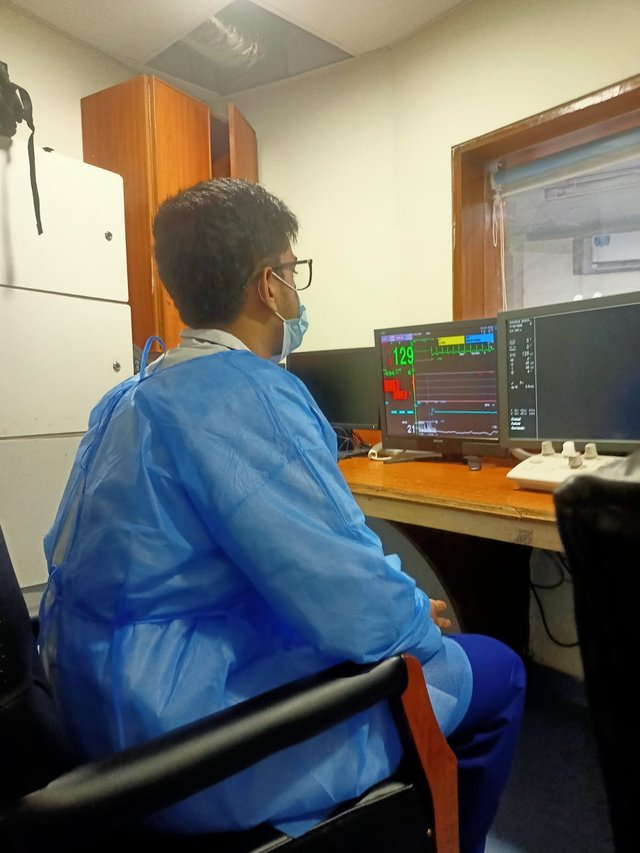 |
|---|---|
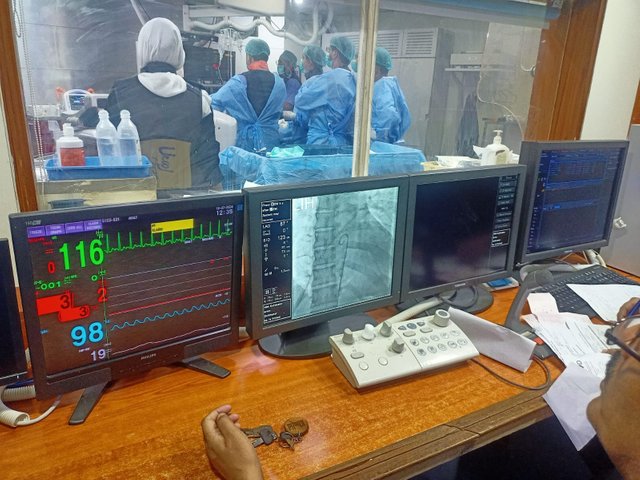 | 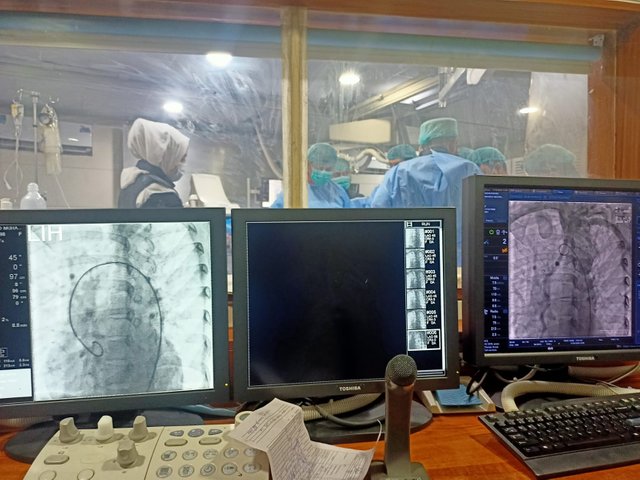 |
However, the consultant had promised to teach me, so he reassured me not to be disappointed. He explained that being a third-year student, I had plenty of years ahead to learn. He suggested I sit in the control room, where I could learn more than from the operation room itself. He said he would come in periodically to teach and explain things, and I would be able to monitor the entire procedure on the computer screens. The control room and operation room were fully coordinated, with audio from the operation room being transmitted to the control room through speakers.
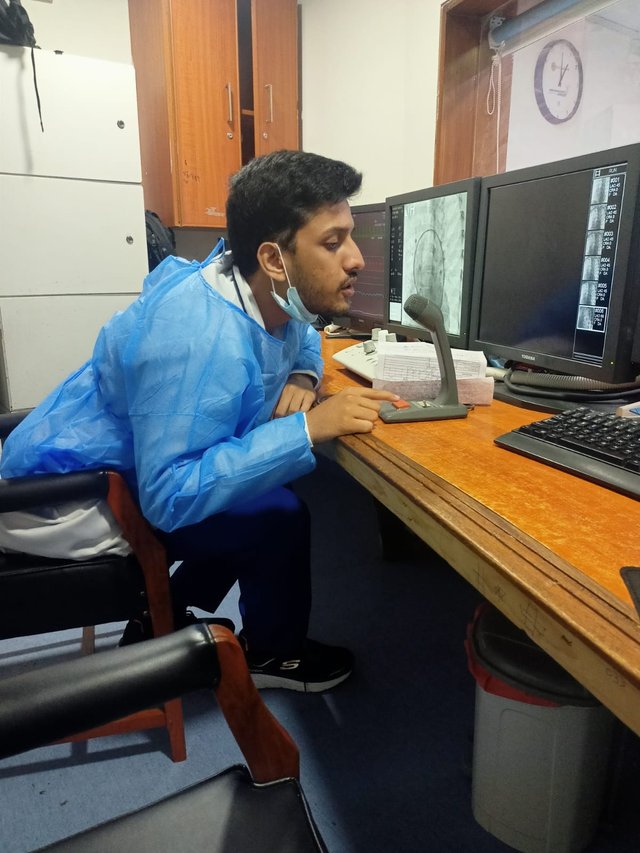 |  |
|---|
The consultant wasn’t performing the procedure himself; he was supervising his junior, moving back and forth between the control room and operation room. He explained the procedure in great detail, pointing out key elements and calculations I needed to know. Whenever he needed to make a correction, he quickly went into the operation room to guide his junior.
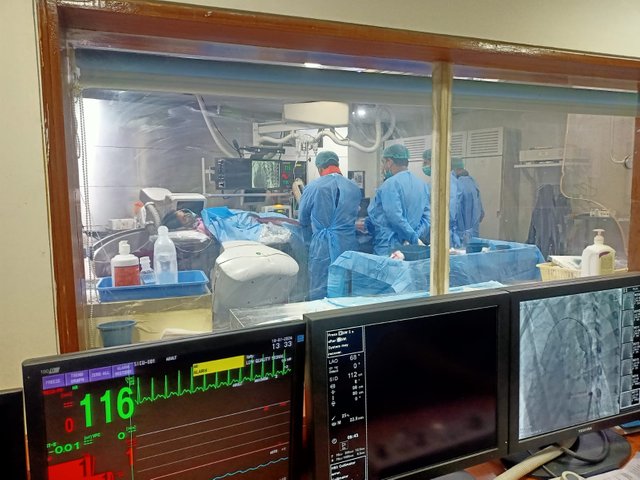 |  |
|---|
So this he procedure involves inserting a catheter through the leg, which usually takes place through femoral artery or vein, threading it up to the heart, and then passing it into the aorta to the site of the coarctation, pre or the post. Then there a balloon is used to dilate the narrowed area and a stent is placed to keep it open (Stent are also of two types, the drug eluting which doesn’t usually requires future stents, while the other type bare metal, which is non coated need to be replaced over time). The junior surgeons handled the intervention very well requiring minimal guidance from the consultant so he mostly stayed in the control room and explaining everything in very detail to me.

Despite it being my first time, I managed to handle the control room efficiently, impressing the consultant once again. He told me I would assist in all future surgeries during my elective period at NICVD. I had anticipated feeling anxious in the cath lab, fearing I wouldn’t be able to manage, but I felt confident and handled everything smoothly. The consultant expressed his belief that I have the potential to become a future interventional cardiologist.
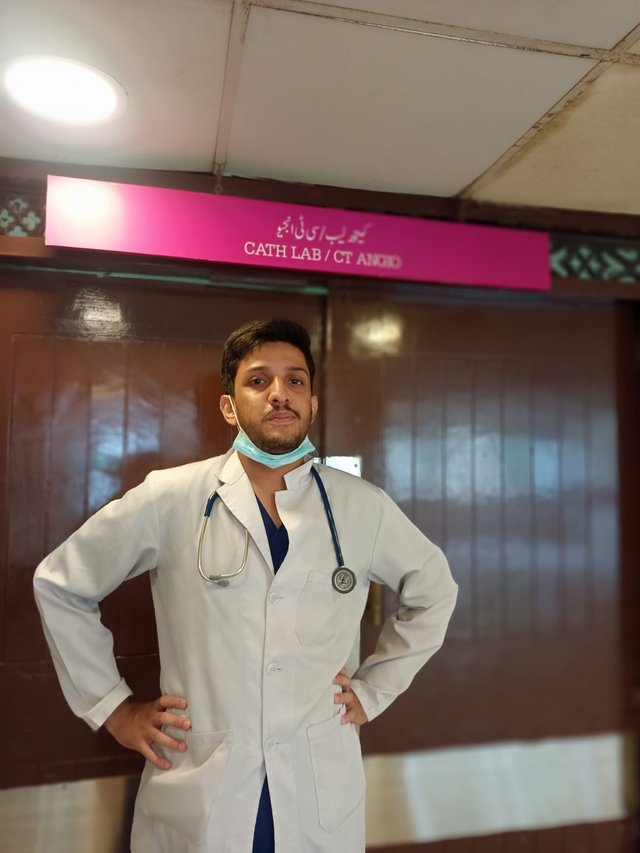
The patient was saved, and a stent was successfully placed in her aorta, granting her many more years of life, inshallah. This was my first experience in a cath lab, and I hope you enjoyed reading about this case.
Dr @abdu.navi03
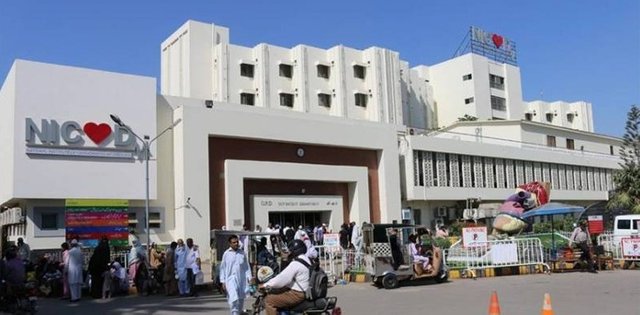
MashaAllah so proud of you
We invite you to continue publishing quality content. In this way you could have the option of being selected in the weekly Top of our curation team.